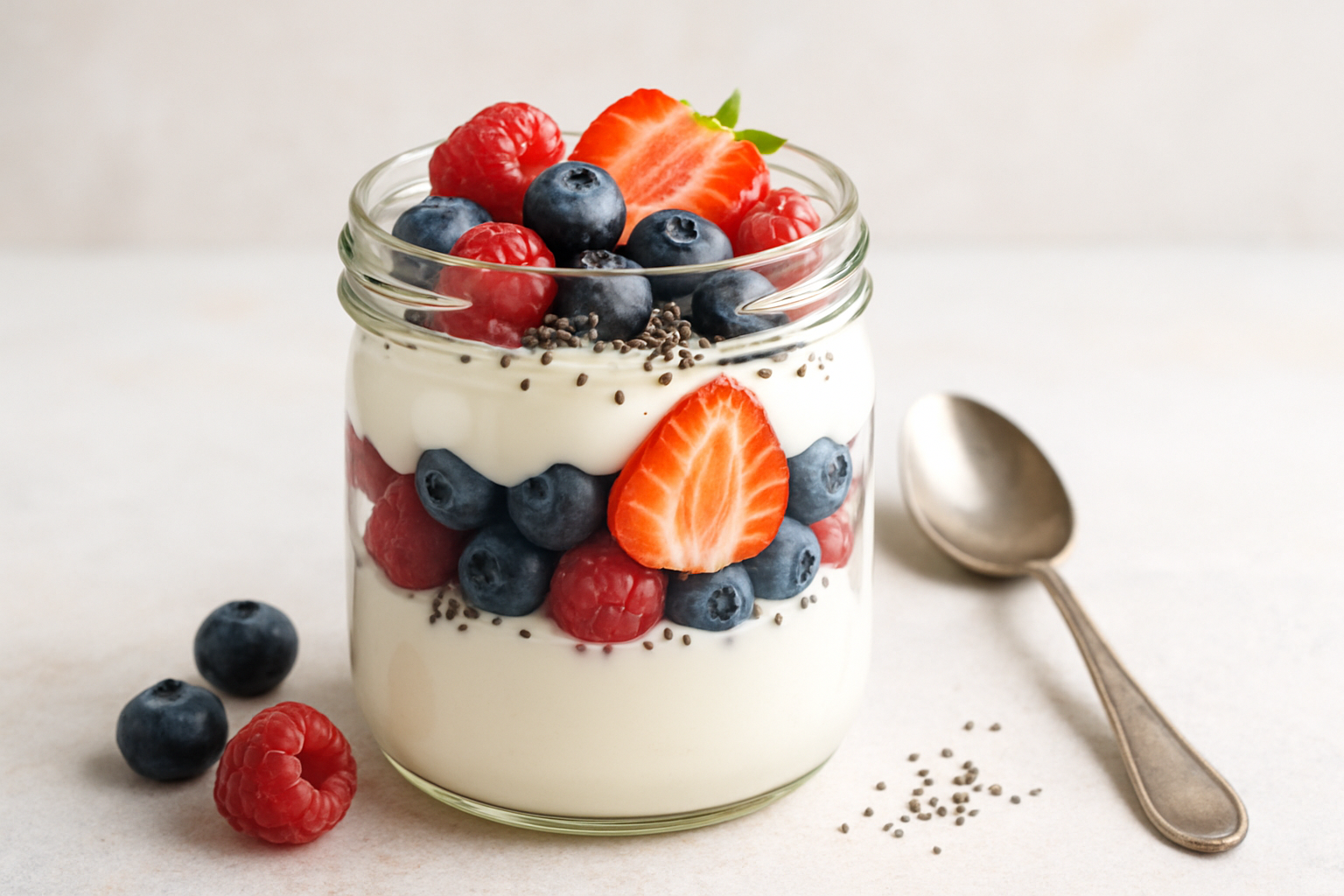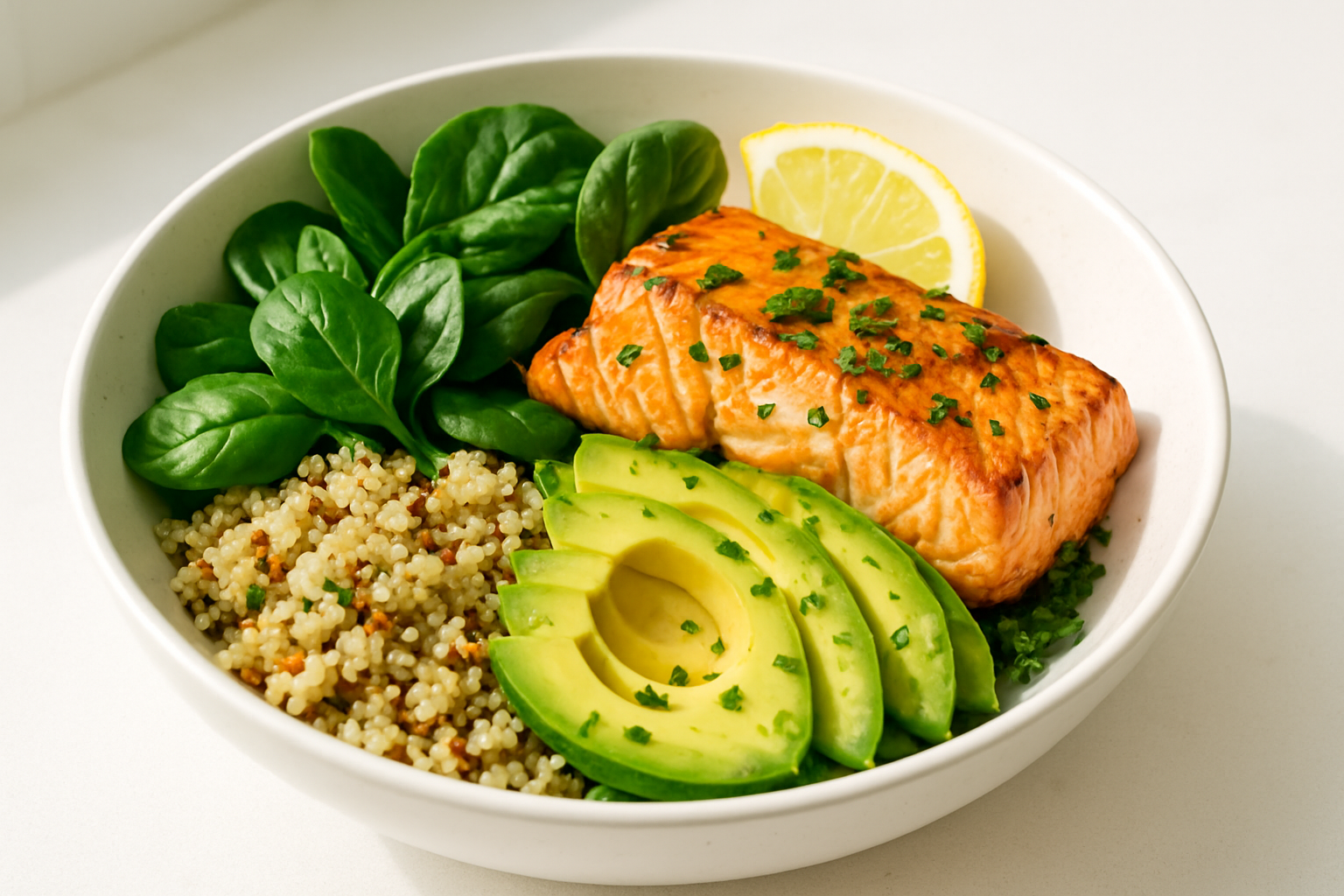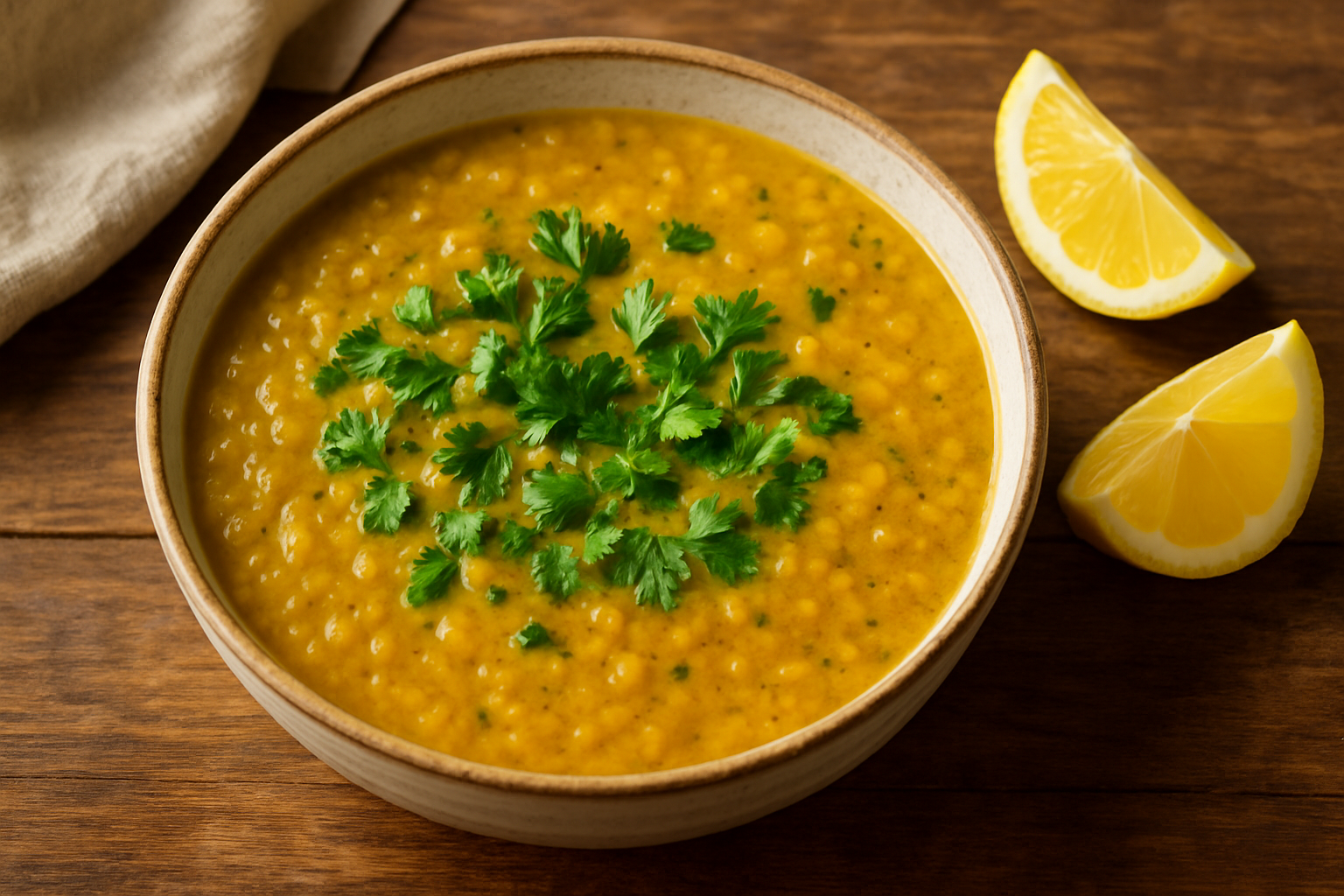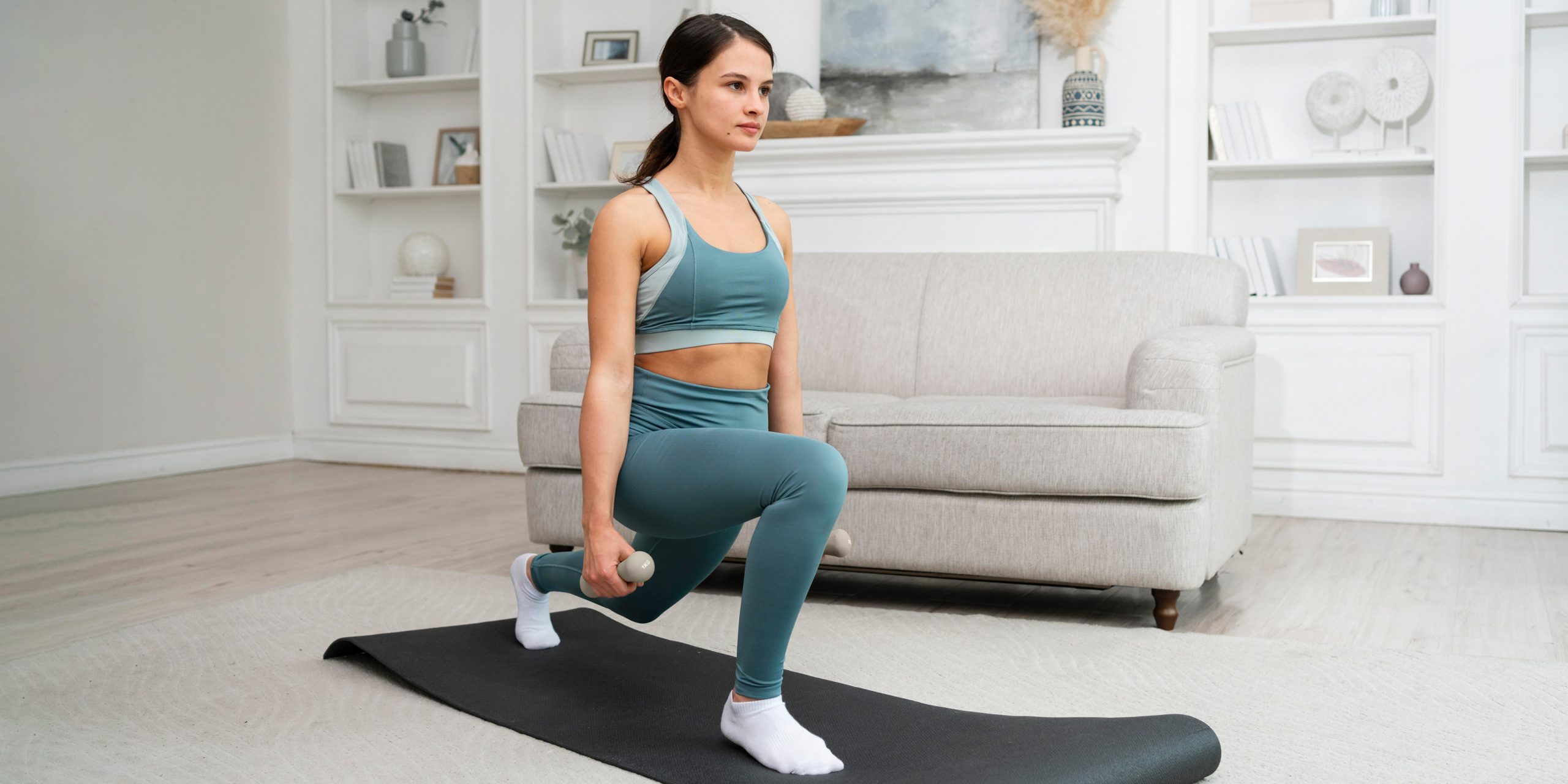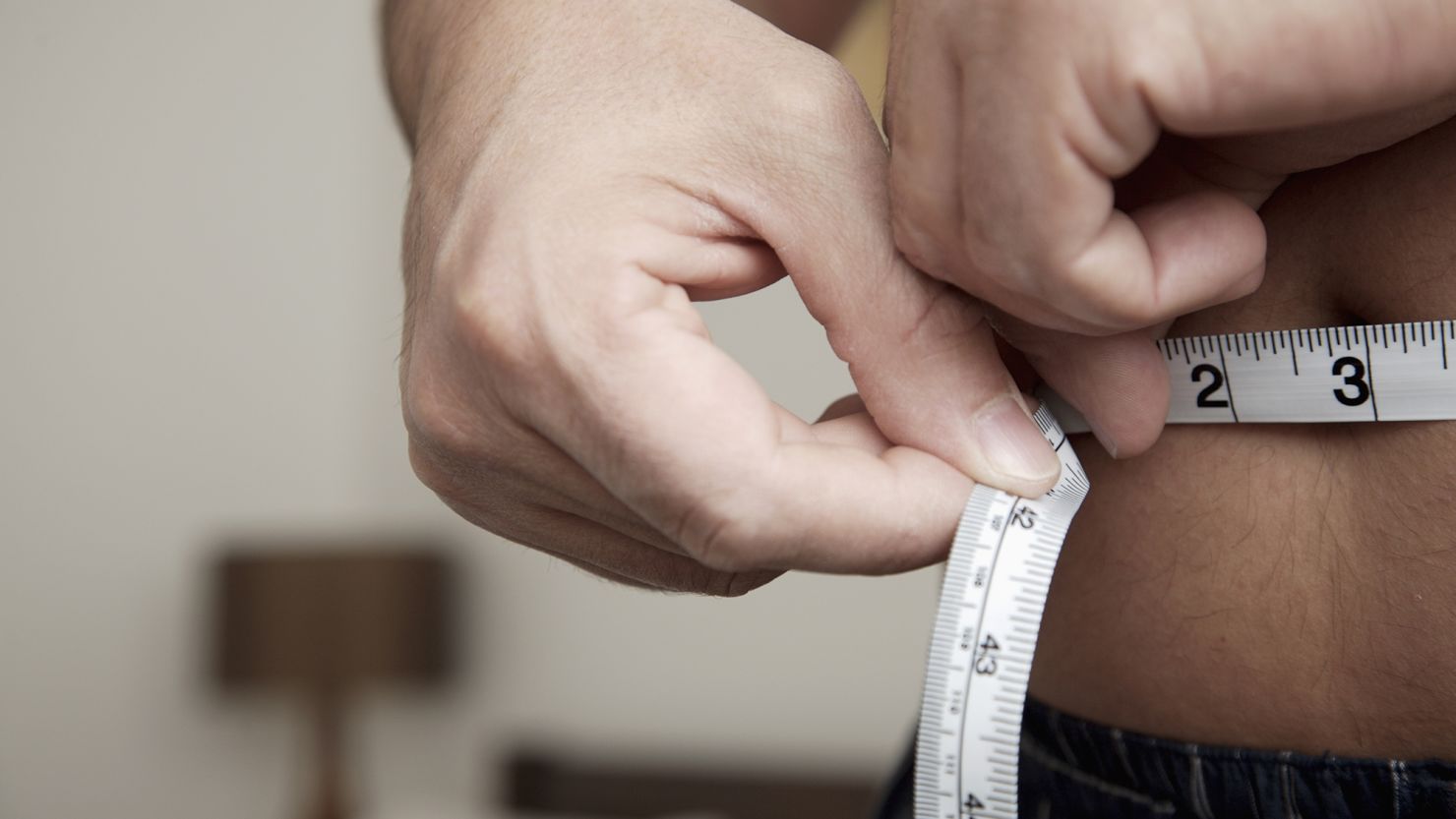When it comes to weight loss, men face unique challenges and opportunities. From higher muscle mass to different hormonal profiles, male bodies respond differently to diet, exercise, and lifestyle changes. Whether you’re trying to lose a few pounds or aiming for a major transformation, this guide offers practical, science-backed tips tailored specifically for men to shed excess fat and build sustainable habits for long-term health.
Below are the top 20 weight loss tips every man should know.
1. Set a Specific, Measurable Goal
Start with a clear goal. Vague objectives like “I want to lose weight” are less effective than setting a measurable target, such as “I want to lose 15 pounds in three months.”
Why it matters: Specific goals keep you motivated and give you a clear finish line to aim for.
2. Track Your Calories
Calorie awareness is essential. Use an app or journal to track what you eat. Many men underestimate how much they consume, especially when it comes to snacks or beverages.
Pro tip: Even tracking for one or two weeks can provide eye-opening insights.
3. Prioritize Protein in Every Meal
Protein boosts metabolism, promotes satiety, and helps preserve lean muscle mass during weight loss.
Sources include: chicken breast, turkey, eggs, Greek yogurt, whey protein, tofu, lentils.
4. Focus on Strength Training
Lifting weights helps build muscle, which burns more calories even at rest. Strength training is more effective for long-term fat loss than cardio alone.
Start with: compound lifts like squats, deadlifts, bench press, and rows.
5. Include Cardiovascular Exercise
Cardio supports heart health and increases calorie burn. Try moderate activities like cycling, brisk walking, or high-intensity interval training (HIIT) sessions.
Aim for: 150–300 minutes of moderate cardio per week.
6. Drink More Water
Staying hydrated supports metabolism, reduces appetite, and improves workout performance. Many people mistake thirst for hunger.
Tip: Drink a full glass of water before meals to help control portions.
7. Limit Processed Foods
Packaged snacks, fast food, and refined carbs are often high in calories and low in nutrients. Cut back and opt for whole foods instead.
Choose: fresh vegetables, lean meats, whole grains, and healthy fats.
8. Cook at Home More Often
Restaurant meals are often oversized and loaded with hidden calories. Preparing your own meals gives you full control over ingredients and portions.
Start simple: grilled proteins, steamed veggies, and baked sweet potatoes.
9. Don’t Skip Breakfast
Men who eat a high-protein, fiber-rich breakfast are more likely to make healthy food choices throughout the day and avoid binge eating later.
Ideas: eggs with veggies, oatmeal with nuts, protein smoothies.
10. Avoid Liquid Calories
Soda, juice, sweetened coffee drinks, and alcohol can sabotage your progress. These drinks offer little satiety and add unnecessary calories.
Replace with: water, black coffee, herbal tea, or sparkling water.
11. Use Intermittent Fasting (If It Works for You)
Some men find success with intermittent fasting (e.g., 16:8 schedule). It can help control calorie intake and regulate hunger hormones.
Note: Not for everyone—only try it if it fits your lifestyle.
12. Improve Your Sleep Quality
Poor sleep disrupts hormones that regulate appetite and energy. Aim for 7–9 hours of sleep per night.
Sleep hygiene tips: avoid screens before bed, maintain a consistent sleep schedule, and reduce caffeine intake in the evening.
13. Manage Stress Effectively
Chronic stress can lead to emotional eating and increased fat storage, especially around the abdomen.
Helpful practices: meditation, breathing exercises, walking, hobbies.
14. Watch Your Portion Sizes
Even healthy foods can contribute to weight gain when portions are too large. Use smaller plates and measure servings to keep intake in check.
Visual cues: a serving of protein = your palm, fats = your thumb.
15. Eat More Fiber
Fiber improves digestion, helps you feel full longer, and stabilizes blood sugar levels.
Top sources: legumes, whole grains, berries, vegetables, flaxseeds.
16. Limit Alcohol Consumption
Alcohol adds empty calories, lowers inhibitions, and often leads to poor food choices. If you drink, do so in moderation.
Better choices: light beer, dry wine, or spirits with soda water.
17. Stay Consistent With Your Routine
Consistency beats perfection. A sustainable plan that you can stick to 90 percent of the time is better than a perfect plan you abandon in a week.
Tip: Don’t let one bad meal or skipped workout derail your entire week.
18. Find an Accountability Partner
Whether it’s a friend, coach, or online group, accountability increases motivation and helps you stick to your plan.
Check in regularly: share goals, track progress, and offer support.
19. Focus on Fat Loss, Not Just the Scale
The number on the scale doesn’t always reflect progress. Muscle gain, water retention, and fat loss can affect it differently.
Track other metrics: progress photos, waist measurements, energy levels.
20. Celebrate Non-Scale Victories
Success isn’t just about pounds lost. Recognize improvements in strength, endurance, sleep, confidence, and health.
Examples: fitting into old clothes, running faster, lifting heavier weights.
Final Thoughts
Weight loss for men doesn’t have to involve extreme dieting or hours of cardio. With a balanced approach that includes smart nutrition, regular exercise, stress management, and consistency, long-term success is not only possible—it’s sustainable. The key is to build habits you can maintain for life and tailor them to your personal goals and lifestyle.
Would you like a printable version of these 20 tips or a beginner workout and meal plan to go along with it?
